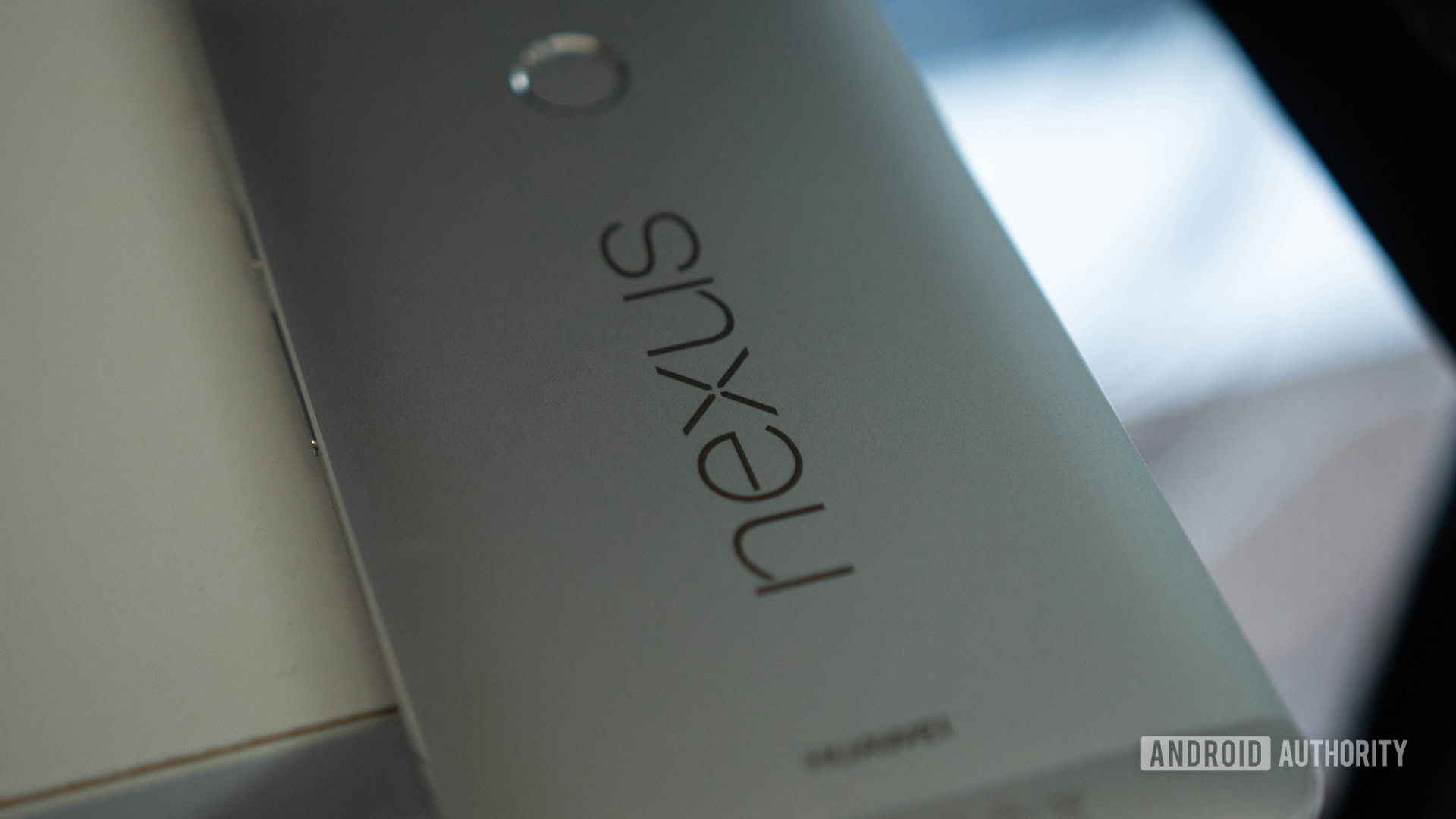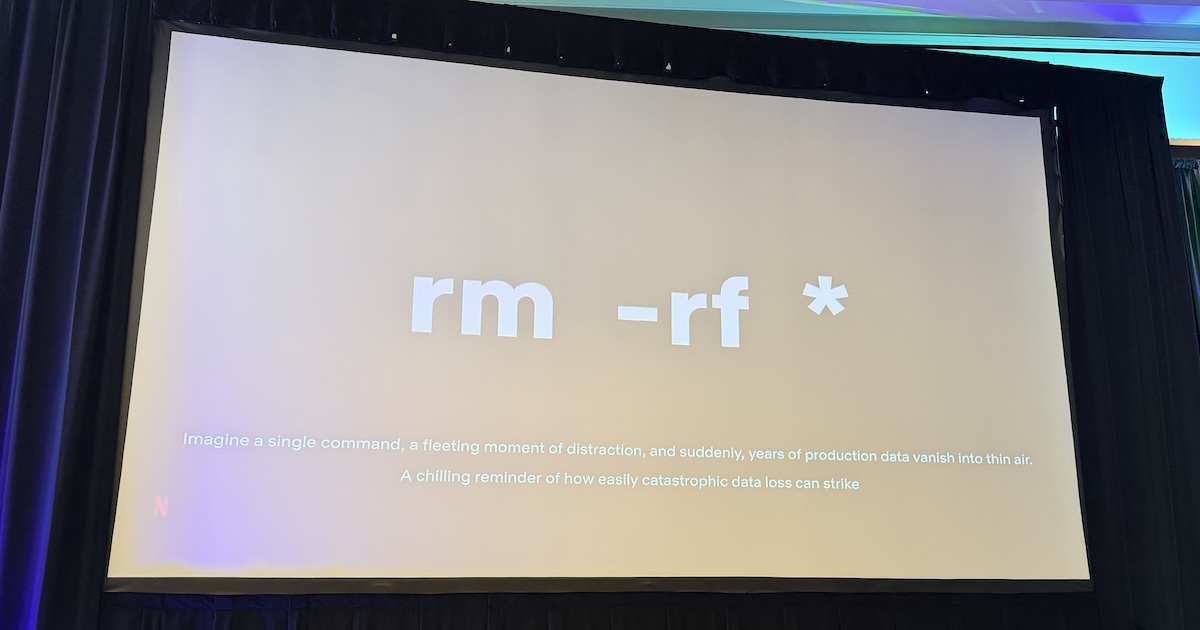TL;DR
- A Google executive has outlined one specific reason why the Pixel program was better than its Nexus phone initiative.
- The executive confirmed that multi-year ideas were easier to develop with Pixels as Google wasn’t switching partners each year.
- He also pointed to Tensor chips as an example of an ambitious, years-long project under the Pixel banner.
Google has offered Pixel phones since 2016, featuring an in-house approach to most of these smartphones. Prior to this, the company offered Nexus phones that were actually designed and developed by other Android brands. Now, a Google employee has outlined one reason why the Pixel program is better than the Nexus initiative.
Google vice-president of product management and original Pixel team member Venkat Rapaka appeared on an episode of the Made By Google Podcast and shed more light on a key benefit of the Pixel approach. He confirmed the host’s suggestion that annually switching device partners for the Nexus program presented a challenge for ideas that took more than a year to develop.
Don’t want to miss the best from Android Authority?
Rapaka elaborated on the advantage of taking smartphone development in-house during the episode:
I think there were lots of really good reasons, but that was one of the big ones for me. A great manifestation of that over the years was the Tensor program, which, of course, is our own silicon effort, and it’s as hard as it gets. It’s (a) multi, multi-year bet that the program started making a few years ago. And that’s something that’s much harder to do when you’re on an annual cycle.
That certainly makes sense, as Google frequently changed hardware partners throughout the Nexus program. The company had a few favored brands like LG and Samsung, but also recruited companies like HTC, HUAWEI, and Motorola. So I’m guessing an OEM might not be keen to work with Google on a multi-year idea if it won’t appear in their next Nexus phone, or if it appears in a Nexus device from a rival brand. The company might also be reluctant to work with Google on a multi-year feature for Nexus devices due to financial reasons.
Do you miss Google’s Nexus phones?
2 votes
In addition to the Tensor chips, Pixel phones have also offered other ambitious features like the Soli radar and a built-in thermometer. Meanwhile, the Pixel 10 phones have built-in magnets for Qi2 charging. It’s tough to see Google offering some of these features via its Nexus program, as OEM partners often repurposed their existing phones and components. The company also offers the Pixel 10 Pro Fold, which is the first foldable with an IP68 rating, and I doubt we’d see similarly unique foldables under a Nexus program.
In any event, the Pixel program clearly gives Google more leeway over the development and design of its phones. And it also allows the company to develop more ambitious ideas for its phones, even if they don’t always work out. But I’d be lying if I said I wasn’t intrigued by the possibility of a Nexus or Google Play Edition phone in 2025.
Thank you for being part of our community. Read our Comment Policy before posting.








